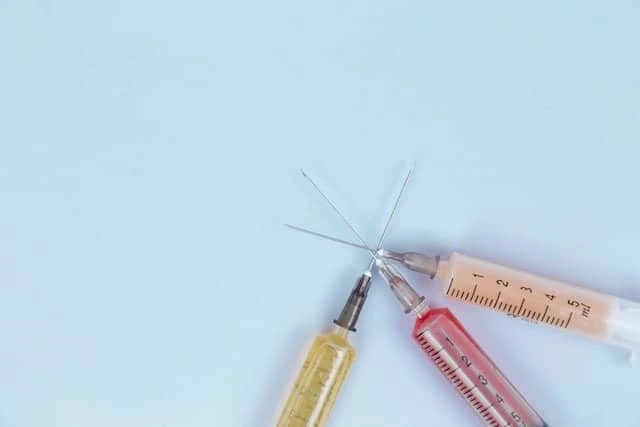Introduction
The manufacturing of plastic and medical components through injection molding is a process that demands an unwavering commitment to quality, safety, and regulatory compliance. As industries rely on these components for critical applications, ensuring the highest standards of production is paramount. In this blog, we\'ll delve into the measures taken by manufacturers to prioritize quality, safety, and regulatory compliance in plastic and medical injection molding.
Quality Management Systems
A robust quality management system (QMS) forms the foundation for ensuring the quality and safety of injection-molded components. Manufacturers implement QMS frameworks such as ISO 9001 (general quality management) and ISO 13485 (specific to medical devices). These frameworks guide the establishment of standardized processes, procedures, and documentation that help maintain consistent and traceable production.
Material Selection and Verification
The journey to safety begins with selecting appropriate materials. Manufacturers meticulously choose medical-grade or industry-specific polymers that meet stringent requirements. These materials are subjected to rigorous testing and verification, including biocompatibility assessments for medical devices. Manufacturers ensure that the chosen materials are compatible with the intended use of the component, whether it\'s a medical implant or an automotive part.
Meticulous Design and Tooling
The design and tooling phase plays a pivotal role in product quality. Manufacturers utilize computer-aided design (CAD) and simulation software to optimize part designs for manufacturability. Mold flow analysis helps predict how molten Plastic Injection Molding will behave during injection, identifying potential issues before production starts. Precision in mold design, including cooling systems, gating locations, and ejection mechanisms, ensures uniform part quality and minimizes defects.
Regulatory Compliance
In the realm of medical applications, regulatory adherence remains an unwavering prerequisite. Manufacturers tasked with crafting medical components are obligated to conform to regional mandates, encompassing standards like the U.S. FDA\'s Quality System Regulation (QSR) and the European Union\'s Medical Device Regulation. (MDR). Compliance involves not only adherence to manufacturing standards but also comprehensive documentation, risk management, and post-market surveillance.
Validation and Process Control
Injection molding manufacturers validate their processes to ensure that components are consistently produced to the required specifications. Validation involves three stages: installation qualification, operational qualification, and performance qualification. By monitoring key process parameters, manufacturers maintain control over the manufacturing process and detect deviations early, preventing defects and ensuring consistency.
Quality Control and Inspection
Stringent quality control measures are applied throughout the manufacturing process. Visual inspections, automated measurements, and non-destructive testing methods help identify defects, inconsistencies, and deviations. Manufacturers employ various inspection tools, such as coordinate measuring machines (CMMs) and optical inspection systems, to verify that components meet dimensional accuracy and other specifications.
Cleanroom Manufacturing
Especially in Medical Injection Molding, cleanroom manufacturing environments are essential to prevent contamination. Cleanrooms adhere to controlled levels of airborne particles and microbial contamination. Stringent protocols for gowning, equipment cleanliness, and material handling ensure that components are produced in a controlled and sterile environment.
Supplier Audits and Traceability
Manufacturers often collaborate with suppliers for raw materials, tooling, and other components. Supplier assessments are performed to guarantee alignment with identical quality and regulatory benchmarks. Moreover, a consistent traceability mechanism spans the entire supply chain, equipping manufacturers with the ability to pinpoint the origins of materials and components engaged in each manufacturing cycle.
Conclusion
In plastic and medical injection molding, quality, safety, and regulatory compliance are not negotiable aspects but cornerstones of the manufacturing process. Manufacturers follow meticulous procedures, adhere to industry standards, and collaborate closely with their clients to ensure that the final components are safe, reliable, and fit for purpose. By prioritizing these principles, injection molding manufacturers contribute to the overall safety and success of industries that rely on their products.



